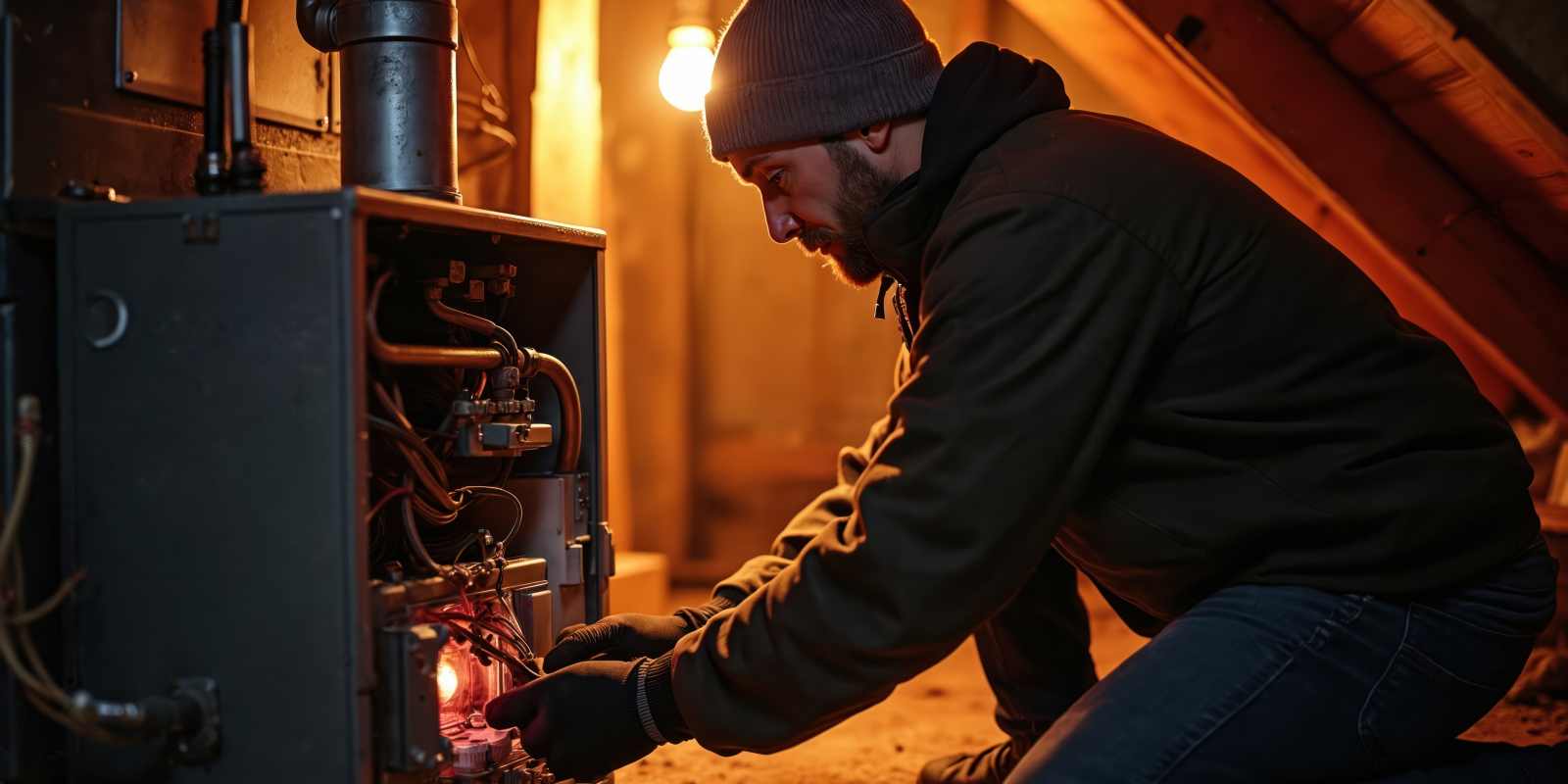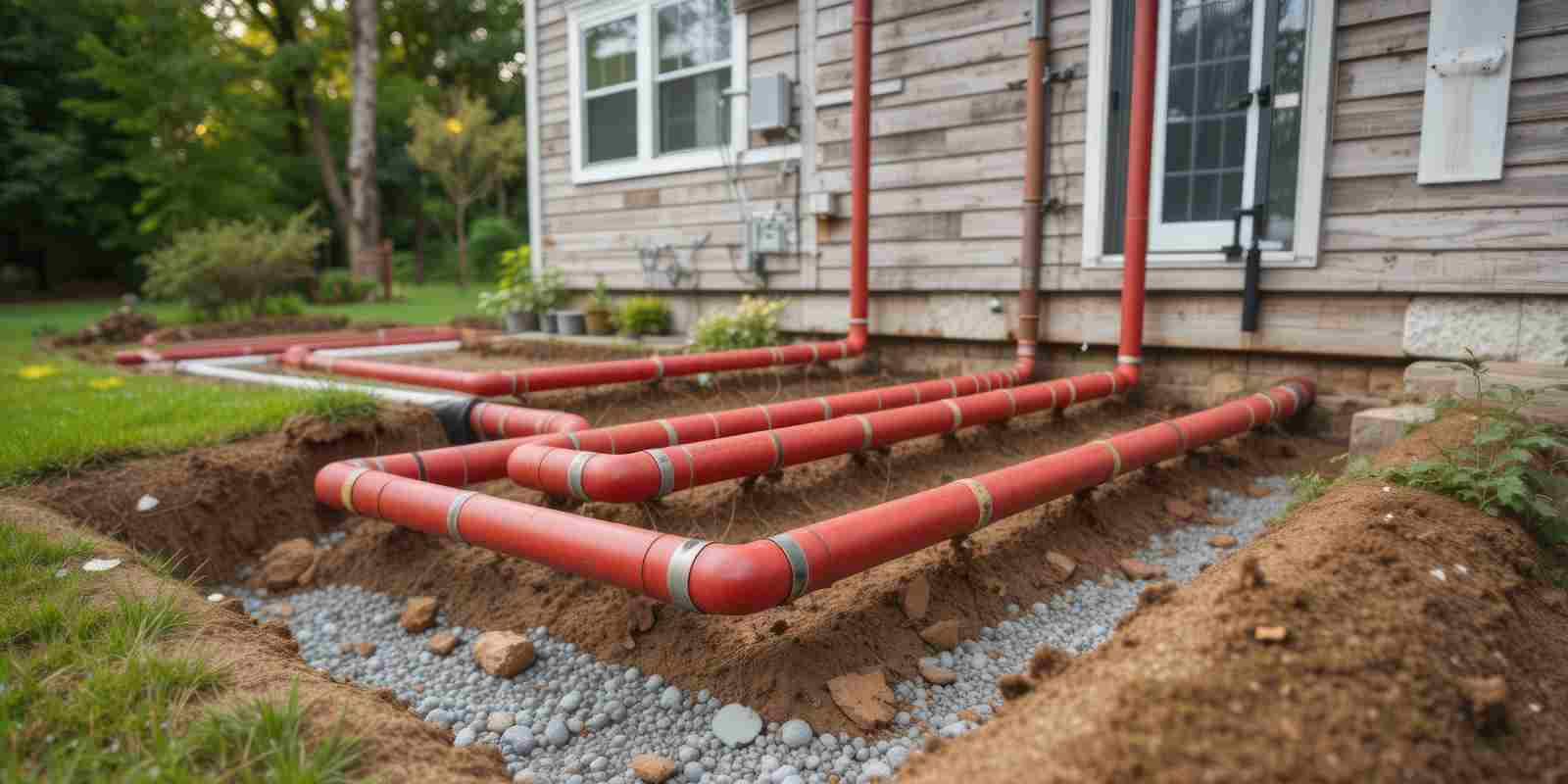 As you settle in for the long winter season, make sure your home is well-insulated to save on utility costs and to keep you and your family comfortable.
As you settle in for the long winter season, make sure your home is well-insulated to save on utility costs and to keep you and your family comfortable.
Here are 6 things that you need to insulate to protect your home.
1) Pipes
Frozen pipes are one of the most common wintertime plumbing issues. Without proper precautions, pipes can burst and cause a damaging flood at your property. Insulate or cover ALL exposed piping. Most homeowners make the mistake of not insulating piping in a garage, crawl space, under your porch, or in another enclosed, but unheated area. But they are just as vulnerable to freezing as other outside pipes. Avoid frozen pipes in the winter by insulating all exposed pipes in unheated areas of your home.
You can use foam sleeves or special insulating tape to guard against freezing.
2) Outdoor faucets
Just like any exposed pipes, your outside faucet should be shut off and insulated to avoid breakage from ice expansion. The best way is to buy a foam insulation cover to place over the outdoor faucet and any exposed plumbing pipe.
3) Doors and Windows
The cold air can seep into your home from under doors, around windows, and even through electrical outlets. This not only makes it harder for your HVAC system to heat your home but can also lead to significant costs. Add caulk or weatherstripping to seal air leaks around leaky doors and windows. You can also use a heavy-duty, clear plastic sheet on a frame or tape clear plastic film to the inside of your window frames during the cold winter months.
4) Attic
We all know that heat rises. To keep it inside your home and prevent unnecessary heating costs, make sure that your attic space is properly insulated. Fill in any corners and cracks with DIY foam insulation. You should also make sure your attic is properly ventilated. Otherwise, it may become too hot and just as dangerous as being too cold.
5) Basements
If your basement is finished and already has interior walls, it may be possible to add additional spray foam insulation to your basement. Be sure to also clean and seal any leaks or cracks in the foundation, floors, and walls. If you have an unfinished basement, lay down rugs to insulate the floor. Add some additional insulating material to the wall and use insulation foam to fill in any cracks and leaks.
6) Cold Hard Floors
Rugs not only keep your space cozy, but they also help insulate your floors from heat loss. Choose thick rugs of wool or cotton material for the best insulation and warmth.



